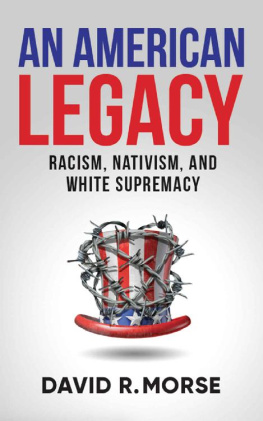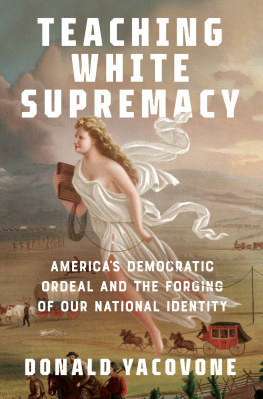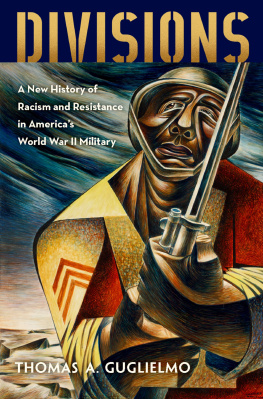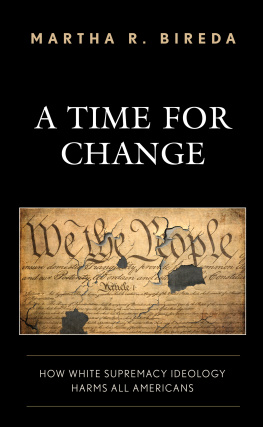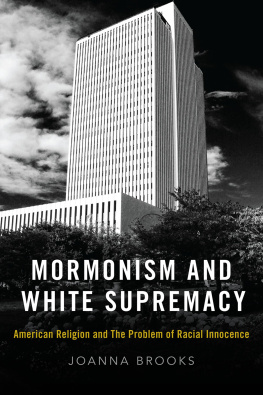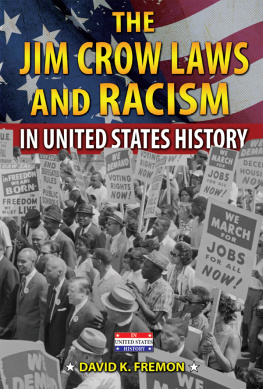AN AMERICAN
LEGACY

Copyright 2020 David R. Morse. All rights reserved.
No part of this publication shall be reproduced, transmitted, or sold in whole or in part in any form without prior written consent of the author, except as provided by the United States of America copyright law. Any unauthorized usage of the text without express written permission of the publisher is a violation of the authors copyright and is illegal and punishable by law. All trademarks and registered trademarks appearing in this guide are the property of their respective owners.
For permission requests, write to the author at the below address:
David R. Morse
The opinions expressed by the Author are not necessarily those held by PYP Academy Press.
Ordering Information: Quantity sales and special discounts are available on quantity purchases by corporations, associations, and others. For details, contact the author at david@newamericandimensions.com.
Edited by: Lori McFerran and Kassandra White
Cover design by: Fiaz Ahmed Irfan
Typeset by: Medlar Publishing Solutions Pvt Ltd., India
Printed in the United States of America.
ISBN: 978-1-951591-41-0 (paperback)
ISBN: 978-1-951591-42-7 (ebook)
Library of Congress Control Number: 2020912401
First edition, September 2020.
The information contained within this book is strictly for informational purposes. The material may include information, products, or services by third parties. As such, the Author and Publisher do not assume responsibility or liability for any third-party material or opinions. The publisher is not responsible for websites (or their content) that are not owned by the publisher. Readers are advised to do their own due diligence when it comes to making decisions.
The mission of the Publish Your Purpose Academy Press is to discover and publish authors who are striving to make a difference in the world. We give marginalized voices power and a stage to share their stories, speak their truth, and impact their communities. Do you have a book idea you would like us to consider publishing? Please visit PublishYourPurposePress.com for more information.

| PYP Academy Press 141 Weston Street, #155 Hartford, CT, 06141 |

I dedicate this book to my two lovely daughters, Ruby and Sophia Morse; the memories of my father, Myron Mike Morse, and my sister, Laura Morse Forest; my mother, Zee Morse, sister Karen Morse King, husband, Jimmy Chee, and the Simons family, Tom, Cynthia, Jerame, and Thomas.


Racism is as old as America itself. It was with us at the start. And it haunts us today. Ever manifesting in new, often violent ways, it infects our national consciousness, like a cancer. While we have come far as a nation, we have yet to free ourselves from the yoke of our countrys original sin, slavery, and the seemingly endless practices that were invoked to keep Blacks and other people of color down. Whether we look at the genocide of Native Americans, Jim Crow and segregation, the mass detention and deportations of Hispanics, or Chinese Exclusion and the internment of Japanese Americans in concentration camps, race in America is not a pretty picture.
I write this less than two weeks after the ungodly murder of George Floyd, a 46-year-old African American man, by police, on May 25, 2020, in Minneapolis. The incident began when a store owner called 911, saying someone had tried to pass a counterfeit bill. Arriving on the scene, police arrested Floyd, who was parked across the street, and video surveillance cameras show a compliant man being led away from his car in handcuffs. Minutes later, in a cell phone video seen around the world, former police officer Derek Chauvin kneels on Floyds neck as Floyd repeatedly says, I cant breathe and Im about to die. When Chauvin finally removes his knee, Floyds body is limp and unresponsive. A bystander is heard saying, They just killed him. Floyd was taken to a hospital, where he was pronounced dead. According to a police statement, one that makes no mention of Floyd being pinned to the ground by Chauvin, Floyd was in medical distress.
Just 12 hours earlier, in New York Citys Central Park, a White woman, Amy Cooper, called 911 and told the dispatcher that an African American man was threatening her. A bird-watcher, Christian Cooper, who is no relation to Amy, had simply asked her to leash her dog, a requirement of the area they were in. As can be seen on the video that Mr. Cooper recorded on his phone, Ms. Cooper warns that she is going to tell [police] theres an African American man threatening my life. Two days later, Amy Coopers employer, the investment firm Franklin Templeton, fired her for racism, and Ms. Cooper apologized publically. However, the damage had been done. Ms. Cooper had consciously and deliberately conjured up an image that has been used and abused since the days of slavery: namely that of a White woman being threatened or harmed by an African America man. Ms. Cooper drew on her White Privilege, by putting Mr. Coopers blackness at the center of her threat.
Three months earlier, on February 23, Ahmaud Arbery, a 25-year-old Black man was shot to death in southeast Georgia while jogging. Three White men, Travis McMichael, his father, Gregory McMichael, and a third man, their neighbor William Bryan, stalked and killed him for allegedly committing some robberies in the area. Mr. Arbery was killed just three days before the anniversary of the 2012 killing of Trayvon Martin, an unarmed African-American teenager whose confrontation with a Florida neighborhood watch captain, George Zimmerman, helped ignite the Black Lives Matter (BLM) movement. For months after the shooting death of Arbery, no arrests were made; until on May 5, the McMichaels were charged with murder and aggravated assault two days after a graphic video of the shooting of Mr. Arbery became public. Bryan was charged two weeks later.
While African American men are the most common victims of police shootings, Black women are by no means immune. The world found this out on March 13, when Louisville police officers, search warrant in hand, used a battering ram to burst into the apartment of Breonna Taylor, a 26-year-old emergency room technician. According to reports, police heard that a man suspected of selling drugs had used Taylors apartment to receive packages, and they convinced a judge to issue a no-knock warrant, allowing police to enter without warning and without having to identifying themselves as law enforcement.
The police stated that they knocked on the door and announced themselves, though multiple neighbors said that neither assertion was true. When they entered, Taylors boyfriend, Kenneth Walker, who says he thought someone was breaking into the apartment, fired a shot and hit an officer in the leg. Police then fired over 20 rounds, killing Taylor, who was hit eight times. Walker was arrested and charged with the attempted murder of a police officer. There were no drugs found, and neither Taylor nor Walker had a criminal history.
Next page
